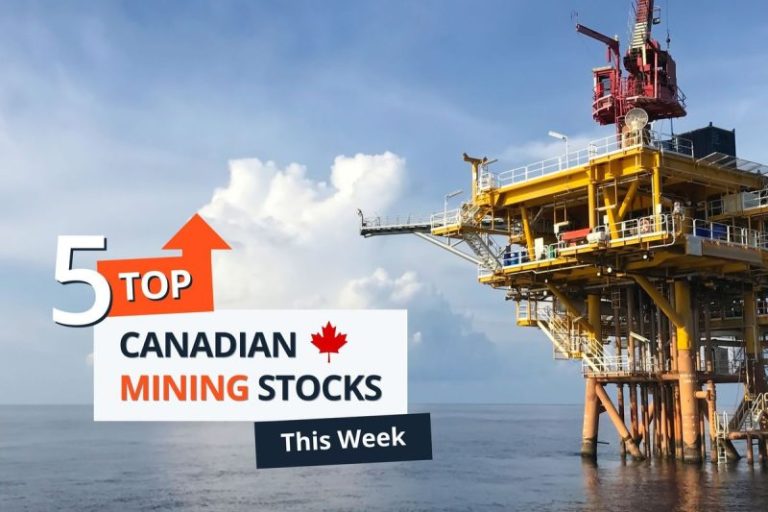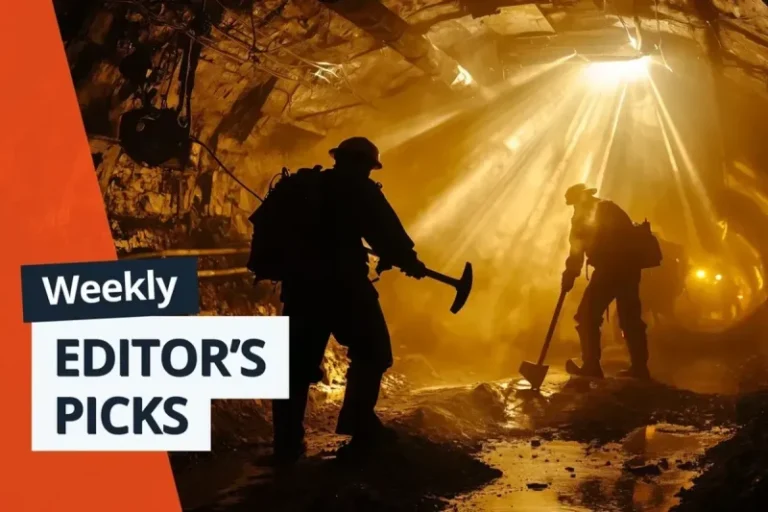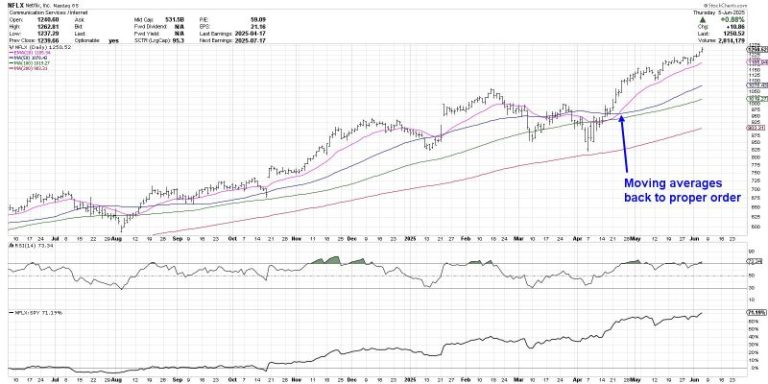Statistics Canada released its May Labour Force Survey on Friday (June 6). The data showed that nearly 9,000 new jobs were added to the workforce during the month. The news surprised analysts who were expecting losses of 12,500 as the effects of US trade tariffs began to be felt in the Canadian economy.
The biggest contributors to the gains were 43,000 new workers added in wholesale and retail trade; 19,000 new jobs in the information, culture and recreation category; and 12,000 new employees within the real estate and finance sector.
While these additions were significant, they were offset by the loss of 32,000 jobs in the public administration sector, as well as a decline of 16,000 workers in both the accommodation and food services sector and the transportation and warehousing sector. Additionally, 15,000 jobs were lost in the business, building and support services sector.
Despite the net job gains, unemployment registered a 0.1 percent gain to 7 percent, while the employment rate was stable at 60.8 percent.
Also this week, StatsCan released the Annual Mineral Production Survey for 2023 on Wednesday (June 4). The report showed that total revenues for metal ore mining and non-metallic mineral mining and quarrying industry groups in 2023 decreased by 9.3 percent to C$59.7 billion year-over-year. Meanwhile, expenses rose by 8.6 percent to C$43.2 billion during the same period.
South of the border, the US Bureau of Labor Statistics released May’s Employment Situation Summary on Friday. The report showed that the US labor market remained stable for the month, adding 139,000 nonfarm workers. The report also indicated that unemployment remained unchanged at 4.2 percent, while the participation rate decreased by 0.2 percent to 62.4 percent.
The largest gains were felt in the healthcare sector, which accounted for roughly half of the new jobs at 62,000, while the hospitality sector came in second with 48,000 new jobs. However, the economy was impacted by the loss of an additional 22,000 federal government employees, bringing the total number of federal job losses for the year to 59,000.
Human resources company ADP (NASDAQ:ADP) reported that US private sector employers added 37,000 new jobs in May, the lowest level since March 2023. This growth was wholly concentrated in mid-sized companies, with small and large establishments losing jobs. The natural resources and mining industry lost 5,000 jobs over the period.
Additionally, platinum prices have been on the rise over the last two weeks, highlighted by a nearly 10 percent surge during the past five days to US$1,160.79 per ounce on Friday. The gains may be related to the cancellation of EV tax credits proposed in the US tax bill working its way through Congress, as well as infighting between Tesla (NASDAQ:TSLA) CEO Elon Musk and US President Donald Trump following Musk’s departure from the Trump administration.
The threat has sent ripples through the automotive sector and may cause increased demand on an already stressed platinum market.
Markets and commodities react
In Canada, major indexes were mixed at the end of the week.
The S&P/TSX Composite Index (INDEXTSI:OSPTX) climbed 0.93 percent during the week to close at 26,429.13 on Friday. The S&P/TSX Venture Composite Index (INDEXTSI:JX) had a larger gain of 3.06 percent to 721.60 and the CSE Composite Index (CSE:CSECOMP) rose 1.7 percent to 117.55.
US equities were in positive territory this week, with the S&P 500 (INDEXSP:INX) gaining 1.76 percent to close at 6,000.37, the Nasdaq-100 (INDEXNASDAQ:NDX) rising 2.31 percent to 21,761.79 and the Dow Jones Industrial Average (INDEXDJX:.DJI) adding 1.33 percent to 42,762.88.
The gold price was up this week, gaining 1.02 percent, to close Friday at US$3,322.73. The silver price saw more significant gains, surging 8.92 percent during the period to US$35.91, their highest since 2012.
In base metals, the COMEX copper price rose 4.78 percent over the week to US$4.86 per pound. Meanwhile, the S&P GSCI (INDEXSP:SPGSCI) posted a gain of 3.87 percent to close at 545.00.
Top Canadian mining stocks this week
How did mining stocks perform against this backdrop?
Take a look at this week’s five best-performing Canadian mining stocks below.
Stock data for this article was retrieved at 4 p.m. EDT on Friday using TradingView’s stock screener. Only companies trading on the TSX, TSXV and CSE with market capitalizations greater than C$10 million are included. Companies within the non-energy minerals and energy minerals sectors were considered.
1. Africa Energy (TSXV:AFE)
Weekly gain: 275 percent
Market cap: C$71.87
Share price: C$0.15
Africa Energy is a South Africa-focused oil and gas exploration and development company.
Its flagship asset is Block 11B/12B located approximately 175 kilometers off the south coast of South Africa. The block covers an area of 18,734 square kilometers and depths between 200 meters and 1,800 meters.
Africa Energy previously held a 4.9 percent stake in the project through its 49/51 joint venture with Arostyle Investments named Main Street 1549, which owned 10 percent of the asset. The remaining partners were project operator TotalEnergies (NYSE:TTE) at 45 percent, Qatar Petroleum at 25 percent and CNR International (TSX:CNQ,NYSE:CNQ) at 20 percent.
Main Street 1549’s three partners announced plans to withdraw from the Block 11B/12B joint venture in July 2024, and discussions on restructuring the ownership had been underway since.
Shares in Africa Energy began surging May 29 after Africa Energy announced a definitive agreement for the new ownership structure of the Block 11B/12B asset.
Under the terms of the definitive agreement between Africa Energy and Arostyle Investments, Africa Energy will increase its ownership of Main Street from a 49 percent to 100 percent stake. Additionally, the withdrawing parties assigned 65 percent of their participating interest in Block 11B/12B to Main Street and 25 percent to Arostyle.
The result will see Africa Energy increase its stake in the asset from 4.9 percent to 75 percent.
2. Allegiant Gold (TSXV:AUAU)
Weekly gain: 95 percent
Market cap: C$17.24
Share price: C$0.39
Allegiant Gold is a gold exploration company working to advance several projects in Nevada, United States.
Its flagship project is Eastside, located in Esmeralda County, consists of 973 unpatented lode mining claims covering 8,289 hectares. Nearly 70,000 meters of drilling has been carried out at the property since 2011.
A July 2021 mineral resource estimate showed inferred quantities at the site of 1.09 million ounces of gold with an average grade of 0.55 g/t and 8.7 million ounces of silver with an average grade of 4.4 g/t from 61.73 million tons of ore.
The most recent news from the company was announced on May 29, when it stated that its previously announced one-for-two share consolidation would take effect on Monday, June 2.
3. LaFleur Minerals (CSE:LFLR)
Weekly gain: 89.66 percent
Market cap: C$37.46
Share price: C$0.275
LaFleur Minerals is an exploration and development company working to advance a pair of projects in Quebec, Canada.
Its Swanson Gold project consists of a 15,290 hectare land package in the southern portion of Quebec’s Abitibi gold belt. Historic drilling at the site has uncovered 958 holes, revealing broad mineralization with widths of up to 40 meters. Additionally, the site has also had underground workings to a vertical depth of 80 meters to carry out bulk sampling.
A September 2024 mineral resource estimate suggested total indicated resources of 123,400 ounces of gold from 2.11 million metric tons of ore with an average grade of 1.8 grams per metric ton (g/t) along with additional inferred quantities of 64,500 g/t from 872,000 metric tons with an average grade of 2.3 g/t.
The company’s other property, the Beacon Mill and Mine, is a past-producing mine, also located in the Abitibi gold belt. LaFleur acquired the mine in September 2024 as part of a receivership sale. Monarch Mining previously owned the mine, which has been on care and maintenance since 2022.
Most recently, the mine underwent a C$20 million refurbishment in 2022 and is capable of processing 750 metric tons of ore per day.
Shares in LaFleur gained this week after it announced updates for both properties on Wednesday.
At Swanson, it stated that it was planning a 5,000-meter drilling program, set to begin in June, with more than 50 targets having been identified. Additionally, the company announced that it is targeting early 2026 for the restart.
4. Eastern Platinum (TSX:ELR)
Weekly gain: 84.85 percent
Market cap: C$37.46
Share price: C$0.305
Eastern Platinum, also known as Eastplats, is a platinum group metal (PGM) and chrome mining, development and exploration company working to advance assets in South Africa.
Its most advanced asset is the Crocodile River mine, located northwest of Johannesburg. The mine began operating in 1987, but production was suspended in the early 1990s due to falling PGM prices. Since then, the mine saw some limited production in the early 2000s before once again being suspended.
After significant rehabilitation, chrome and PGM production from site tailings was restarted at the site in 2018 and 2020 respectively, and underground operations at the Zandfontein mine restarted in October 2023. In October of last year, Eastplats began commissioning a PGM processing plant that will process ore from Zandfontein.
A technical report from May 2022 demonstrated a proven and probable resource of 1.72 million ounces of platinum, palladium, rhodium and gold, with an average grade of 3.68 g/t from 14.58 million metric tons of ore.
Although the company did not release news this week, shares in Eastplats gained alongside a surging platinum price.
5. TNR Gold (TSXV:TNR)
Weekly gain: 58.33 percent
Market cap: C$15.06
Share price: C$0.095
TNR Gold is an exploration and royalty company with a focus on the acquisition of green energy and gold assets.
The company owns the Shotgun Gold project in Alaska’s Kuskokwim Gold Belt. The property consists of 108 claims covering an area of 6,993 hectares. A 2013 technical report showed inferred quantities of 705,960 ounces of gold from 20.73 million metric tons of gold with an average grade of 1.06 g/t with a cutoff of 0.5 g/t.
Its royalty investments include a 1.5 percent net smelter royalty from Ganfeng Lithium’s (OTC Pink:GNENF) Marina Lithium project in Argentina. It also holds a 0.4 percent net smelter royalty in McEwen Mining’s (NYSE:MUX,TSX:MUX) Los Azules Copper, Gold and Silver Project, also in Argentina.
The latest news from TNR came on May 14 when it released a corporate update. In the release the company highlighted its success from the royalty portion of its business, and provided updates from its key investments.
It also said it was looking to attract a partnership with a major gold mining company to help advance its Alaskan Shotgun project.
FAQs for Canadian mining stocks
What is the difference between the TSX and TSXV?
The TSX, or Toronto Stock Exchange, is used by senior companies with larger market caps, and the TSXV, or TSX Venture Exchange, is used by smaller-cap companies. Companies listed on the TSXV can graduate to the senior exchange.
How many mining companies are listed on the TSX and TSXV?
As of February 2025, there were 1,572 companies listed on the TSXV, 905 of which were mining companies. Comparatively, the TSX was home to 1,859 companies, with 181 of those being mining companies.
Together the TSX and TSXV host around 40 percent of the world’s public mining companies.
How much does it cost to list on the TSXV?
There are a variety of different fees that companies must pay to list on the TSXV, and according to the exchange, they can vary based on the transaction’s nature and complexity. The listing fee alone will most likely cost between C$10,000 to C$70,000. Accounting and auditing fees could rack up between C$25,000 and C$100,000, while legal fees are expected to be over C$75,000 and an underwriters’ commission may hit up to 12 percent.
The exchange lists a handful of other fees and expenses companies can expect, including but not limited to security commission and transfer agency fees, investor relations costs and director and officer liability insurance.
These are all just for the initial listing, of course. There are ongoing expenses once companies are trading, such as sustaining fees and additional listing fees, plus the costs associated with filing regular reports.
How do you trade on the TSXV?
Investors can trade on the TSXV the way they would trade stocks on any exchange. This means they can use a stock broker or an individual investment account to buy and sell shares of TSXV-listed companies during the exchange’s trading hours.
Article by Dean Belder; FAQs by Lauren Kelly.
Securities Disclosure: I, Dean Belder, hold no direct investment interest in any company mentioned in this article.
Securities Disclosure: I, Lauren Kelly, hold no direct investment interest in any company mentioned in this article.










